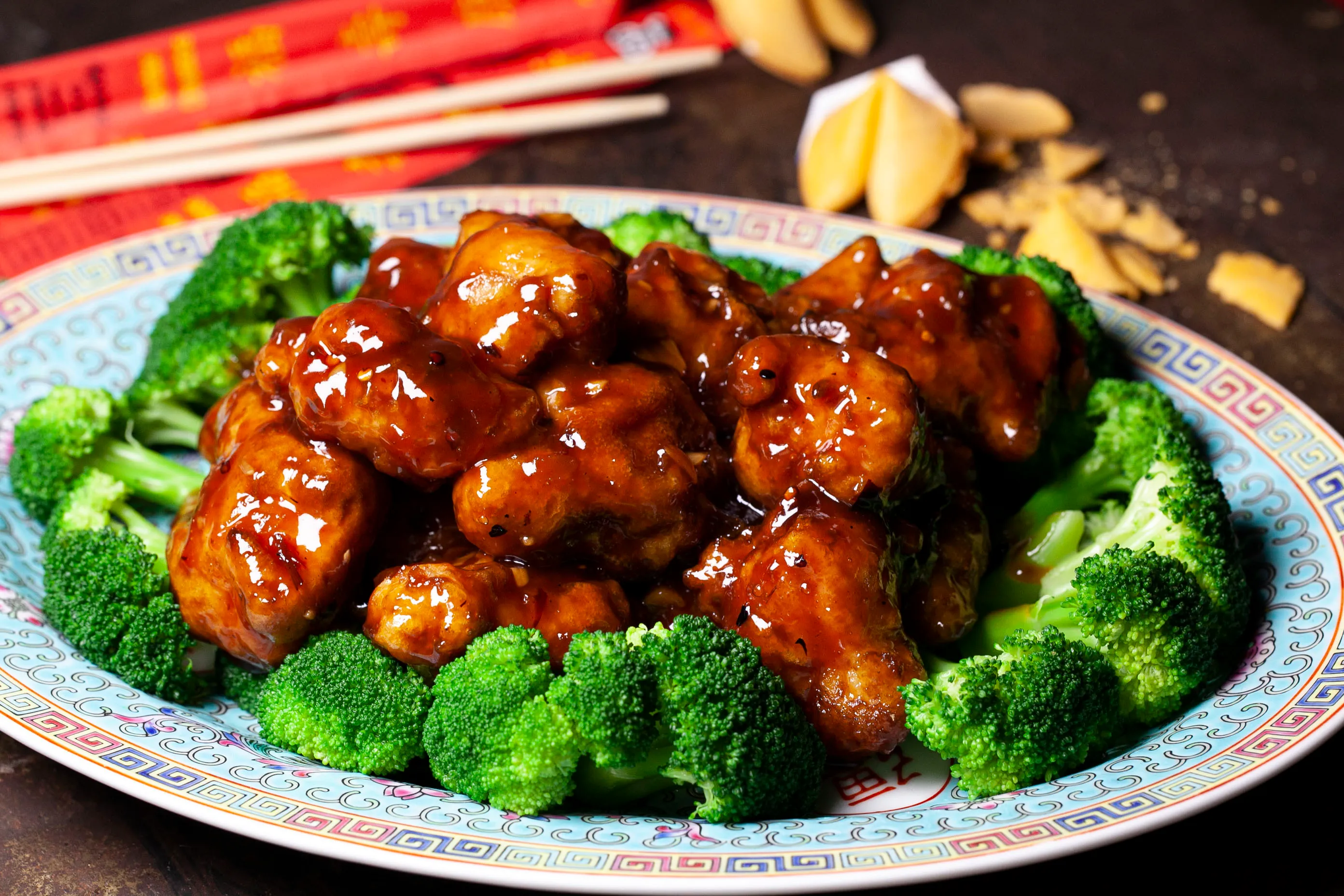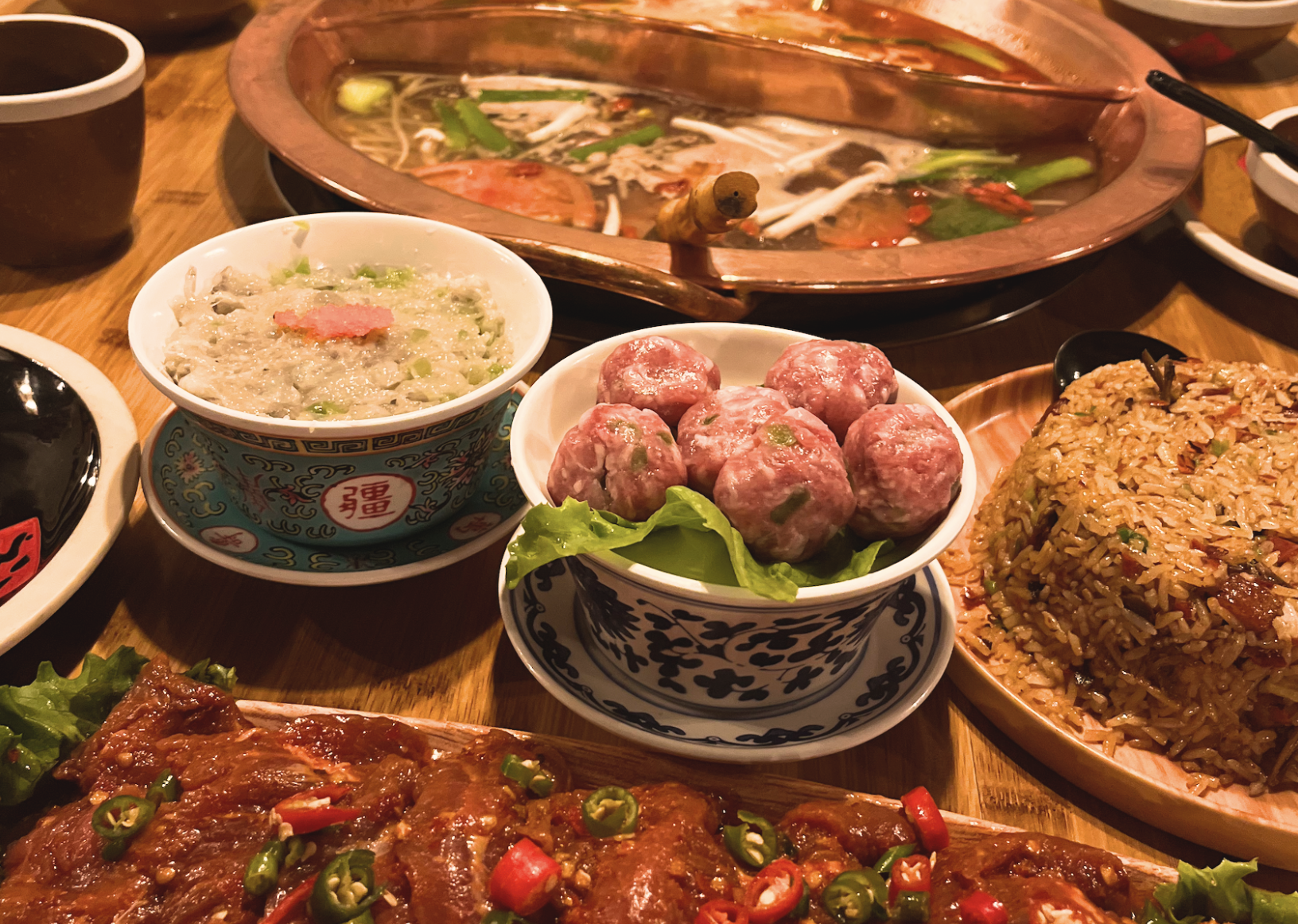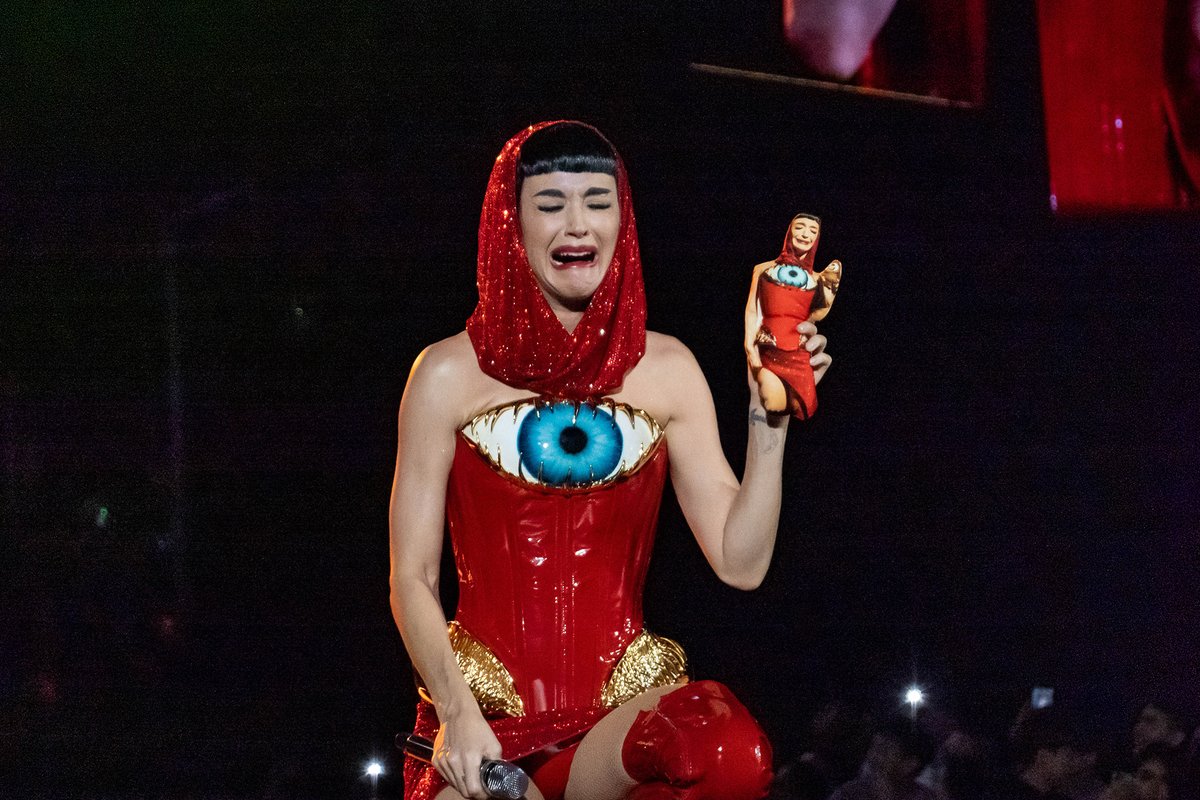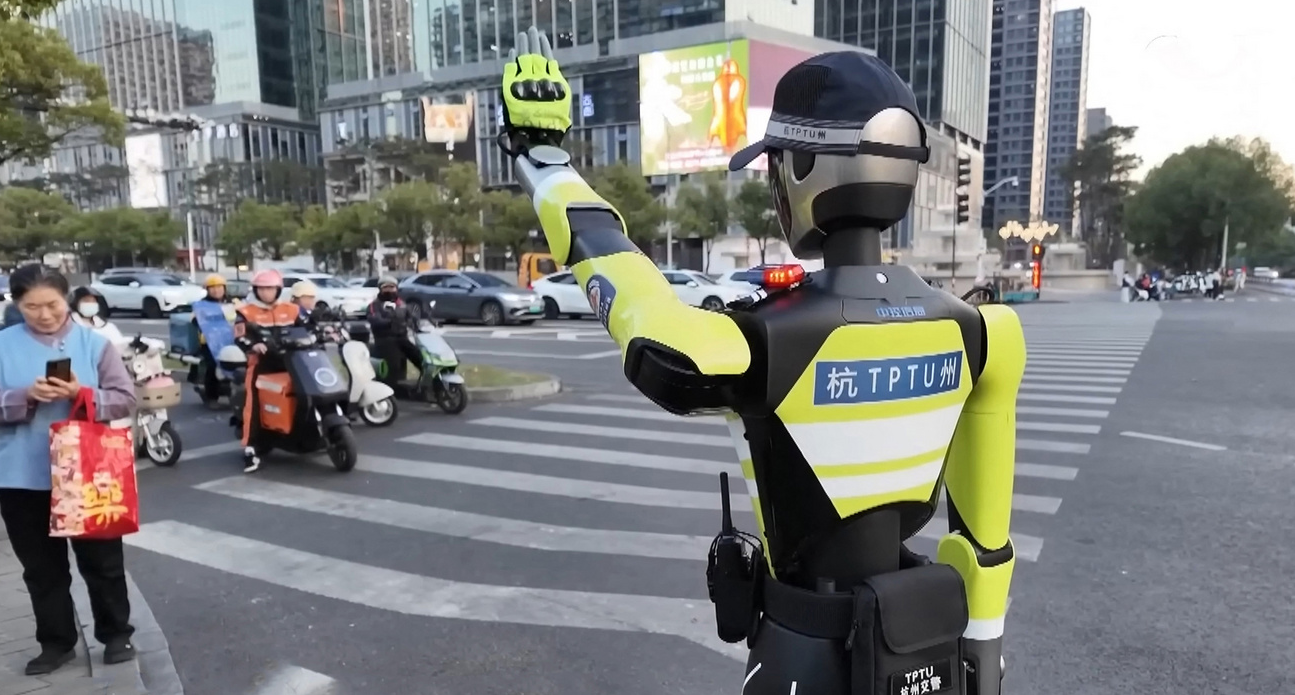If you ask a local to describe Kuala Lumpur (KL), you’ll likely hear phrases like “a melting pot of cultures” and “it’s a bit of everything” — because well, because it’s true. The capital of Malaysia is indeed a lot of things; there is history, culture, architecture, nightlife, shopping, and lip-smacking food.
The usual points of interest, like the KLCC Twin Towers and National Museum, are still priorities on the tourist attraction checklist, but lately, it’s the age-old neighborhoods that are turning up the charm by bridging the city’s heritage with urban sensibilities.
While KL’s vivid diversity has always been its core identity, many shophouses of old were set up by Chinese traders who came to Malaysian shores seeking greener pastures. One notable figure was Yap Ah Loy, a Chinese tin mining businessman who was instrumental in shaping the city’s commerce and infrastructure, notable for setting up the first Chinese school and temple in KL.
Remnants of the past in the form of buildings and streets are going through phases of evolution (a case can be made for gentrification but that’s a story for another day) to make room for a new wave of tourism, one that’s balancing the scale between progress, preservation, and tradition. In other words, keeping the history alive with new blood.
On this list, we feature three locations worth adding to any traveller’s KL itinerary. They encapsulate the city’s storied past and accurately represent youthful subcultures rooted in creativity. Truly the best of both worlds.
Petaling Street

Jalan Petaling, fondly known by its English moniker Petaling Street, is KL’s most recognizable thoroughfare. Rich in history and lore, it was where Cantonese and Hakka immigrants settled down in the late eighteenth century.
Long known for its namesake market where shoppers haggle with peddlers over anything from clothing to gadgets, Chinese and Indian temples, and a melange of local cuisines, Petaling Street has continued to not only remain relevant to locals and foreigners, but has flourished from the opening of trendy joints for eating and drinking, creative hubs, boutique hotels, and watering holes.
While staples like Hokkien-style fried noodles, herbal teas, fresh seafoods, chargrilled chicken wings, and tau foo fah (soybean pudding) are failsafe options for chowing down, don’t miss checking out modern restaurants Pickle Dining and Chocha Foodstore.
Both champion progressive cooking — think open fires, dry-aged meats, and housemade aiolis — using locally sourced ingredients and produce. Dishes are for sharing so bring a party of at least two, unless you’re famished! Meanwhile, the decor is Instagram-worthy, with open bricks over raw cement walls and tasteful wooden furniture as the backdrop.
After dinner, walk to Penrose, an intimate cocktail bar decked out in steampunk vibes that sits only 25 guests. Helmed by star bartender Jon Lee, Penrose snagged a spot on the Asia’s 50 Best Bar 2023 list within the first year of its opening. So it goes without saying that reservations are highly recommended.
REXKL

A short walk from Petaling Street sits REXKL, a multi-storied community hub for events, retail, and F&B.
The original Rex, as it was called then, opened to the public in 1947 as one of the first movie theaters in KL. It burned down in 1972, but was rebuilt and continued to operate as a cinema for decades, before another fire shut it down for good in 2002, leaving the building as a shell of its former glory.
Almost two decades later, a group of creative entrepreneurs breathed life into the Rex, reviving the building to its current form as REXKL. And it has never been more alive.
REXKL is always buzzing with something. Whether it’s an art exhibition, open mic sessions, DJs on spinning duties, flea markets, or film screenings, you’ll never run out of new things to see, do, and buy here. When you’re done partying or shopping, take a bite at The Back Ground, a food hall that cultivates many of KL’s emerging F&B entrepreneurs under one roof.
The Zhongshan Building

Covered in striking white with splatters of graffiti on the edges, the Zhongshan Building, a significant independent arts and research hub, stands tall in the otherwise quiet Kampung Attap area. But before it became a tour de force in the local creative scene, it was once the meeting grounds for the Selangor Zhongshan Association, a community of people with ancestral links to Zhongshan, a city in China’s Guangdong province.
Now, besides holding art showings and workshops for independent artists at The Back Room, the four-storey structure is also the home to a curated list of tenants. There’s Gentle Giants, a natural wine bar and bottle shop, fono, a music space with a rotating list of resident DJs, and ana tomy, an award-winning stationary shop known for customizable journals.
When it comes to all-day dining and drinking, head behind the building to the neighboring Triptyk for tangy Tex-Mex and boozy cocktails. On weekends, expect trivia nights and kitchen takeovers. For light bites, curated concoctions (both boozy and non-boozy alike), and the occasional costume party, pay a visit to the neighbouring Kantata.
Banner image by Haedi Yue.
















